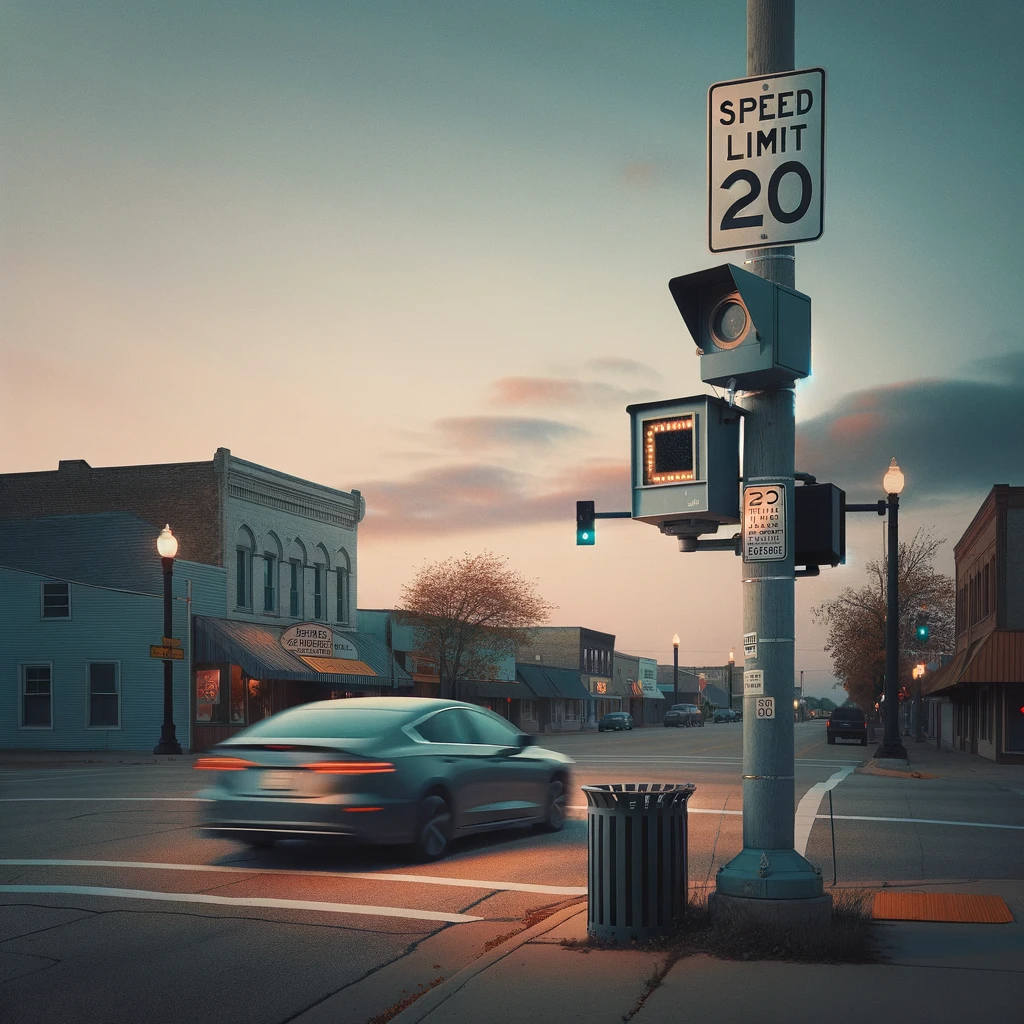
On October 13, 2023, Governor Gavin Newsom of California signed a bill authorizing speed cameras for traffic enforcement in six major cities. Spurred by unsafe road conditions, California cities join 205 other communities in permitting speed cameras. Speed cameras are lauded as a mechanism “to save lives and manage those that are driving recklessly fast.” Empirical evidence supports the assertion that speed cameras make roads safer: in Maryland, speed cameras reduced speeding1 by 62% and “reduced the likelihood of a crash that resulted in a fatality or serious injury by 19%.” Likewise, New York speeding has declined 73% in areas near speed cameras. Moreover, speed cameras accomplish these improvements without police interaction. With concerns surrounding police misconduct and bias, speed cameras promise a “‘race-neutral’ alternative.”
At least in theory. In practice, speed cameras disproportionately burden low-income communities and people of color. A ProPublica analysis of the effect of speed cameras in Chicago revealed that “Black and Hispanic ZIP codes received tickets at around twice the rate of those in white areas.” ProPublica identified several factors that led to this result in Chicago. First, streets within low-income communities and communities of color tend to have wider streets with worse infrastructure. Without “narrowed streets, speed bumps, or other traffic ... calming measures,” these streets encourage faster driving. Second, Chicago streets within low-income communities and communities of color are often closer to expressways than other parts of the city. This is a consequence of the systematic racism that has historically plagued city design; specifically, expressways “were built over Black communities in Chicago and across the nation.” As cars exit expressways, they do not immediately reduce their speed, leading to more speeding tickets. Third, the areas where low-income people and people of color live are more likely to be “food deserts” and farther from employment, requiring residents to drive more frequently. These factors combine to lead to a disproportionate effect on low-income communities and people of color.
Harsh punishments and overzealous legislators only exacerbate the outsized impact of speed cameras. In Chicago, many people living paycheck-to-paycheck struggle to pay fines on-time and face steep late fees. In Delaware, people who cannot pay tickets have their licenses suspended, effectively making speeding tickets a punishment for poverty. Faced with tight budgets, government officials use traffic enforcement to increase revenue—Chicago lowered the speeding threshold for speed cameras from ten miles per hour over the limit to six, generating $120 million in revenue.
California’s new law addresses some of the problems associated with speed camera enforcement but likely will still have a disproportionate impact on low-income communities and people of color. On the one hand, the California bill allows people to perform community service instead of paying fines. This provision allows violators to avoid the costs that have hurt people in other jurisdictions such as Chicago and Delaware. On the other hand, providing a cost-free option only matters so much, especially if low-income populations and people of color are receiving more tickets due to the structural factors described above. Time is money, and community service requires people to take time out of their busy schedules.
On its own, the California bill will not solve the structural problems that make streets in low-income areas and communities of color disproportionately unsafe. However, the program can make an impact if its revenue is invested intentionally. The bill requires that the fines collected must go to either “covering the cost of the program[] … or other ‘traffic calming measures.’” This is an improvement upon the Chicago program, which allows the money to be spent more broadly—including for police surveillance and after school programs—in addition to infrastructure improvements. Rather than expanding punitive measures, California should invest the fines collected into infrastructure improvements. While speed cameras reduce speeding in the areas around the cameras, they are an incomplete solution to the “traffic violence ... that is disproportionately impacting Black and brown people.” California’s new speed camera program can either follow the footsteps of Chicago’s program, or it can serve as a catalyst for infrastructure improvements, providing the capital to create safer streets and reduce structural inequalities.
[1] Defined as 10 m.p.h. over the limit.
